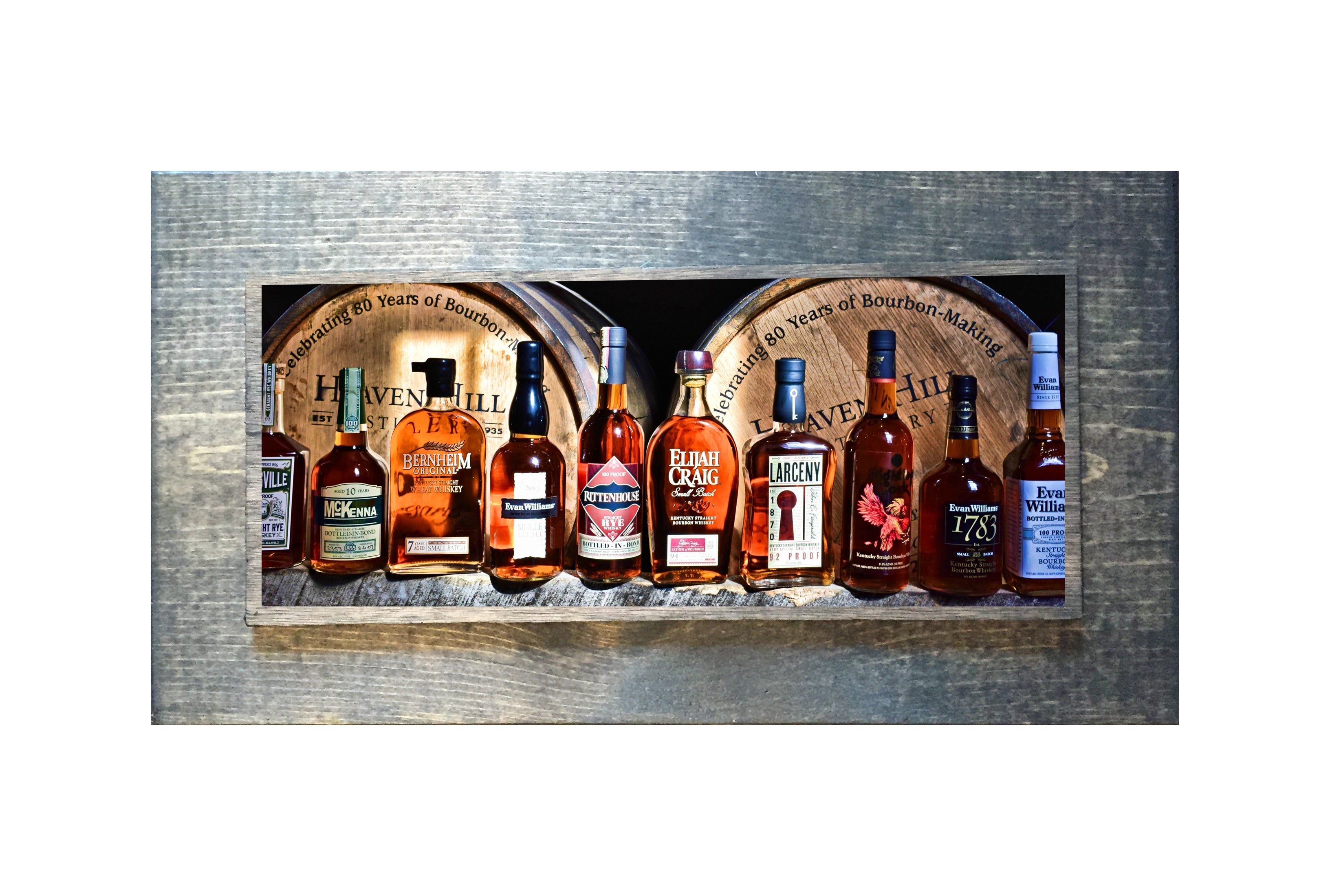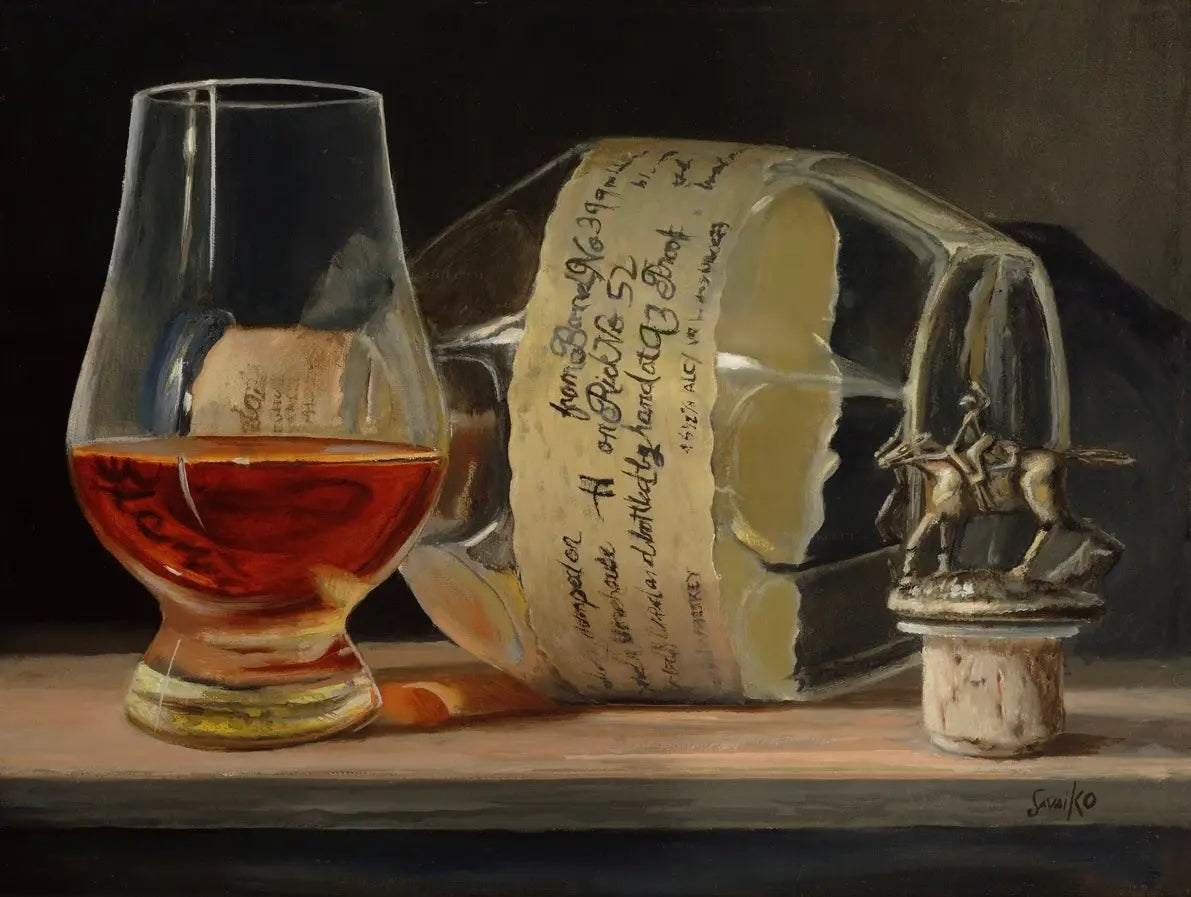Whiskey Art: Capturing the Significance of Distillation in Every Brushstroke
Whiskey Art: Capturing the Significance of Distillation in Every Brushstroke
Blog Article
The Significance of Whiskey Art in Celebrating Heritage and Workmanship in the Beverage Sector
The complex connection between whiskey art and the party of heritage and workmanship within the drink market can not be overemphasized. Via thoughtfully made bottles and labels, scotch brands envelop their historical origins and the artisanal abilities that specify their production approaches.
The Historic Origins of Whiskey
At the heart of bourbon's attraction lies an abundant tapestry of historical roots that trace back to old people. The origins of scotch can be linked to the distillation methods of the Sumerians and Babylonians around 2000 BCE, where very early kinds of fermented grain beverages began to arise. It was in the Middle Ages that the art of distillation evolved substantially, particularly in Ireland and Scotland, leading to the production of bourbon as we understand it today.
The term "scotch" itself acquires from the Gaelic word "uisce beatha," implying "water of life." This phrase emphasizes the cultural significance of whiskey in Celtic cultures, where it was commonly related to rituals, events, and common bonding. By the 15th century, purification ended up being an identified craft within reclusive neighborhoods, leading the way for the facility of lawful distilleries.
As trade courses increased, whiskey's popularity grew, transcending regional boundaries and capturing the rate of interest of connoisseurs worldwide. Limited Edition. This historical trip mirrors not only the workmanship behind scotch manufacturing yet likewise its indispensable function in social and social contexts, marking it as a substantial drink throughout history
Artistic Expression in Branding
Bourbon branding stands as an engaging junction of creativity and commerce, where aesthetic identity plays a crucial function fit consumer perception. The aesthetic appeals of scotch labels, product packaging, and marketing materials mirror not just the brand name's tale yet likewise its core worths and heritage. With imaginative expression, distilleries share a narrative that resonates with consumers, evoking emotions and triggering links.
The use of color, typography, and images in branding serves to distinguish products in a saturated market. Typical concepts might stimulate a feeling of credibility and workmanship, while modern styles can signify development and forward-thinking. This tactical imaginative direction enhances brand name acknowledgment and commitment, enabling customers to create a personal relationship with the bourbon they pick.
Additionally, imaginative expression in branding usually functions as a party of local heritage. Distilleries frequently include local icons or historic referrals into their styles, developing a feeling of location that invites consumers to participate in a wider cultural experience. Inevitably, the creativity behind whiskey branding not just boosts aesthetic allure but also enhances the overall narrative of the brand, fostering a deeper gratitude for the workmanship and heritage ingrained in each bottle.
Workmanship in Bottle Design
The virtuosity evident in whiskey branding prolongs past aesthetic identification to encompass the craftsmanship associated with bottle style. Each bottle functions as a vessel not just for the spirit within, but likewise for the tale it outlines its quality, beginning, and custom. The layout process needs careful focus to detail, as components such as product, shape, and closure add substantially to the overall perception of the bourbon.
Workmanship in bottle layout involves choosing top quality glass that can enhance the bourbon's color and clarity, while additionally providing a tactile experience for the consumer. The shape of the container have to be both practical and visually appealing, usually mirroring the heritage of the brand name. Several distilleries go with special forms or printed logos that evoke a sense of credibility and history.
Furthermore, the label style and typography play an important function in interacting the brand name's story. Bourbon Art. A well-crafted container not just captivates the consumer's eye but additionally enhances the brand name's dedication to quality and custom. This way, the craftsmanship of bottle design becomes an important aspect of the scotch experience, merging virtuosity with an extensive respect for heritage
Social Importance of Whiskey Art
Commemorating tradition and craftsmanship, the social value of bourbon art goes beyond simple appearances, intertwining with the historic and social stories of the regions from which it stems. Each container serves as a canvas, portraying the unique stories, folklore, and traditions that have actually shaped local whiskey-making methods. The detailed styles often reflect the heritage of the distillers, including symbols and themes that reverberate with the culture and worths of their neighborhoods.

Additionally, scotch art plays an important function in common celebrations and parties, functioning as a substantial web link between people and their shared experiences. By appreciating the creativity in whiskey packaging, consumers cultivate a much deeper understanding and regard for Related Site the craft, eventually improving their enjoyment of the drink itself.
Modern Trends in Bourbon Presentation
Over the last few years, the discussion of bourbon has advanced to show modern preferences and trends while still recognizing conventional workmanship - Limited Edition. Distilleries are progressively concentrating on visual elements that boost the total drinking experience, linking the space in between heritage and modernity
Ingenious container layouts have actually emerged, commonly including lasting materials and imaginative tags that tell engaging stories. Lots of brands currently collaborate with neighborhood artists, infusing More Info their items with one-of-a-kind aesthetic expressions that resonate with consumers. In addition, limited-edition launches are often packaged in collectible containers, including worth and allure for connoisseurs.

Verdict
In verdict, whiskey art serves as an essential channel for expressing the heritage and craftsmanship fundamental in the drink market. With elaborate branding, innovative bottle designs, and culturally considerable creative components, bourbon brands efficiently honor their practices and attach with customers.


Workmanship in container design includes choosing premium glass that can improve the scotch's color our website and clearness, while additionally providing a tactile experience for the customer. In this method, the craftsmanship of bottle design ends up being a vital aspect of the bourbon experience, combining artistry with an extensive respect for heritage.
In conclusion, scotch art offers as an important conduit for revealing the heritage and workmanship inherent in the beverage market.
Report this page